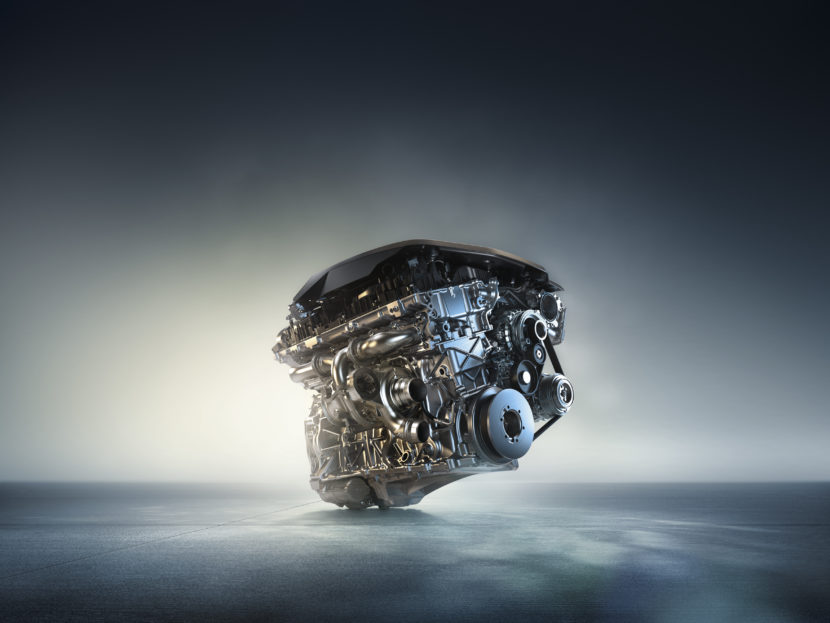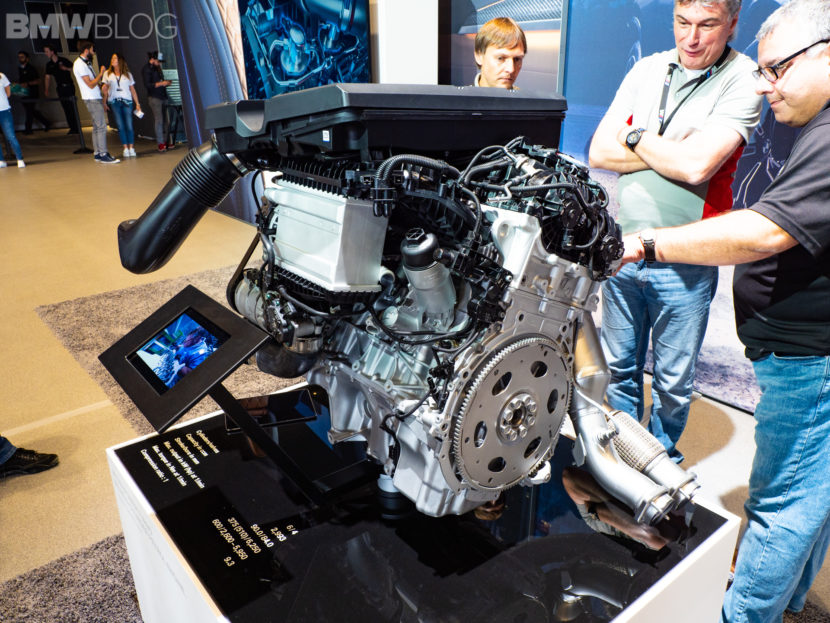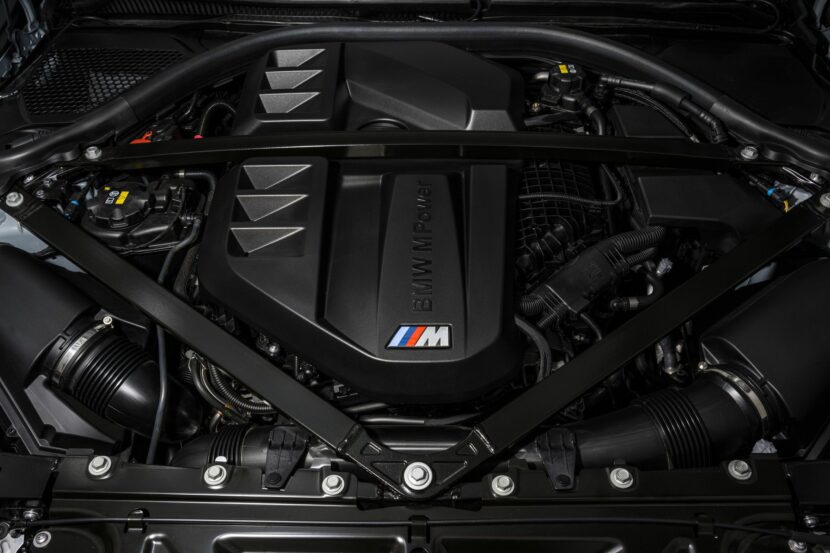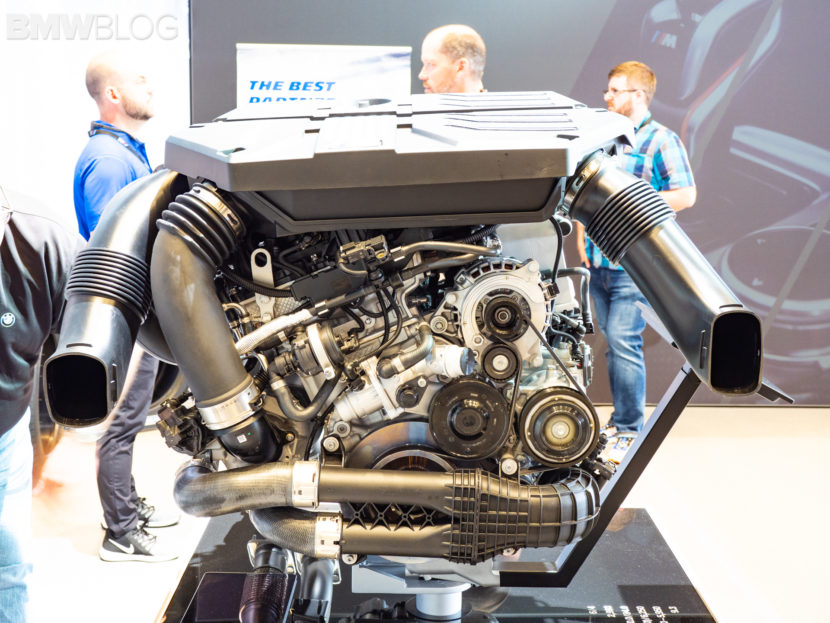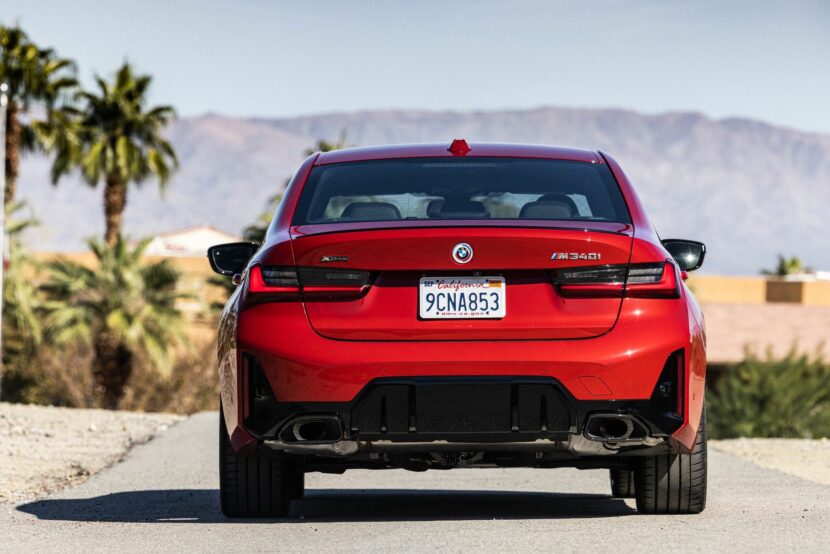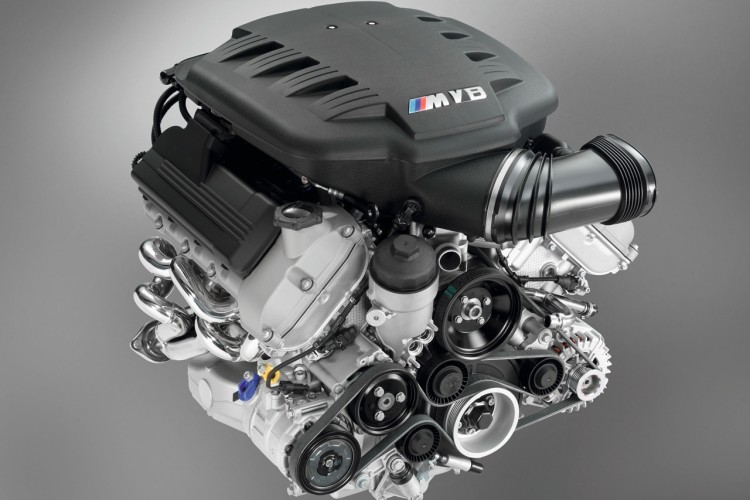BMW’s B58 and S58 engines are marvels of modern engineering, representing the pinnacle of the brand’s quest for power, efficiency, and sound delight. Both engines are turbocharged inline-6 powerhouses, but they cater to different segments of the automotive market. Let’s break down their strengths to help you decide which one fits your ideal driving experience.
Performance Powerhouse: Picking Between Daily Driver and Track Star
The B58 engine, introduced in 2015, is a versatile unit that has found its way into a variety of BMW’s lineup, from the spirited 340i to the luxurious 740i. It’s known for its significant tuning potential, allowing enthusiasts to extract even more performance from what is already a potent engine. With a single twin-scroll turbocharger and an air-to-liquid intercooler, the B58 balances performance with daily drivability. The B58 strikes a balance between everyday usability and exhilarating power. Typically generating between 300 and 382 horsepower, it provides ample muscle for merging onto highways and navigating city streets. But it doesn’t guzzle gas like a fire-breathing dragon. This fuel efficiency makes it a compelling choice for drivers who value a well-rounded daily driver.
In contrast, the S58 engine, unveiled in 2019, is the high-performance sibling, designed specifically for BMW’s M-series vehicles. It takes the foundation laid by the B58 and elevates it with a twin-turbo setup, lower compression ratio, and forged internals, making it a more track-focused beast. The S58 boasts higher output figures, ranging from 473 to 543 horsepower and 479 lb-ft of torque, making it the clear choice for those seeking the ultimate performance from their BMW. This unbridled power comes at the expense of fuel efficiency, but for those seeking weekend track dominance, the S58 is the undisputed champion.
Tuning Potential: Unlocking More Power
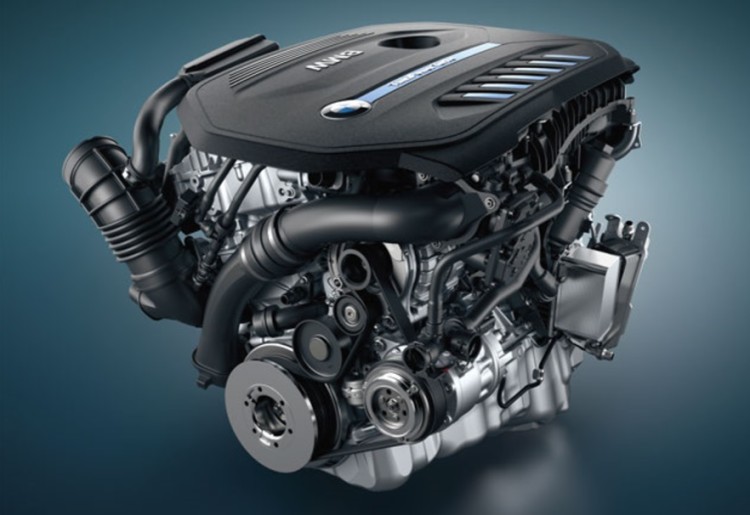
If you crave the ability to personalize your driving experience, the B58 shines. Its robust engine architecture makes it a popular platform for aftermarket tuning. The B58 responds well to modifications such as ECU tuning, air intake, upgraded low pressure fuel pump, upgraded high-pressure fuel pump and exhaust upgrades, which can significantly increase its power output.
The B58TU variant found in the M340i is particularly well-suited for tuning, thanks to several enhancements. It features an upgraded fuel pump and injectors, a more durable timing chain system, and improved cooling capabilities. These enhancements make it a robust base for further modifications.
The S58, however, comes out of the factory already tuned for peak performance. While further tuning is possible, it might require more extensive modifications compared to the B58. It’s also used by BMW Motorsport in endurance racing so we know that the ceiling must be quite high. The S58 is especially reliable for track use due to its enhanced cooling system, forged pistons, and a robust oiling system that maintains high oil pressure.
We’ve seen plenty of tuners pushing the S58 into the 800+ horsepower range, but of course, that comes with afferent risks, so it’s not recommended for normal daily drivers.
Reliability: Built to Last or Built to Push Limits?
Reliability is a crucial aspect of any engine, and both the B58 and S58 have shown promising signs. The B58, in particular, has been praised for its durability, with many owners reporting high mileage without major issues. The S58, while newer, benefits from BMW’s continuous improvements and lessons learned from previous engine generations, suggesting a reliable future ahead. However, the S58’s increased complexity and higher power output might introduce more potential failure points compared to the simpler B58.
Sound: A Symphony or a Roar?
Sound is a subjective matter, but it’s an area where BMW’s inline-6 engines have traditionally excelled. The B58 emits a refined growl at low RPMs and a satisfying roar at higher speeds, often described as more pleasing to the ear compared to its predecessors. Overall, the B58 delivers a smooth, refined sound that some might find a bit muted. This can be a plus for those who prioritize a quiet cabin for comfortable commutes.
The S58 boasts a more aggressive, throaty exhaust note that complements its sporty character. Of course, all M models feature an artificial engine sound system that intensifies the aural experience. There are pros and cons on both sides: some people praise the B58 sound more than the S58’s, while others prefer the blurbs and misfirings in the M engine.
Also, one thing to keep in mind is the sound character in Europe compared to the United States. Most, if not all, new BMWs in Europe come with the OPF (Otto Particle Filter) which neuters the sound and power of these engines. So don’t be surprised when you see different Youtube videos with different exhaust notes.
Final Thoughts
In conclusion, the BMW B58 and S58 engines stand as testaments to BMW’s engineering prowess. Whether you prioritize the tunability and reliability of the B58 or the raw performance and aural excitement of the S58, both engines offer something for every BMW enthusiast. As technology advances and BMW continues to refine its designs, the B58 and S58 will undoubtedly remain as benchmarks in the automotive world for years to come.
| B58 | S58 | |
| Displacement | 2,998 cc | 2,993 cc |
| Configuration | Inline-6 | Inline-6 |
| Horsepower | Up to 382 hp | Up to 543 hp |
| Torque | Up to 369 lb-ft | Up to 479 lb-ft |
| Turbocharger | Single twin-scroll turbo with air-to-liquid Intercooler | Twin-turbo with air-to-liquid Intercooler |
| RPM | 7,000 rpm | 7,200 rpm |
| Compression Ratio | 11.0:1 | 9.3:1 |
| Bore & Stroke | 82 mm x 94.6 mm | 84 mm x 90 mm |
| Internals | Forged steel crank, forged rods and cast pistons. | Forged steel crank, forged rods and forged pistons. |



